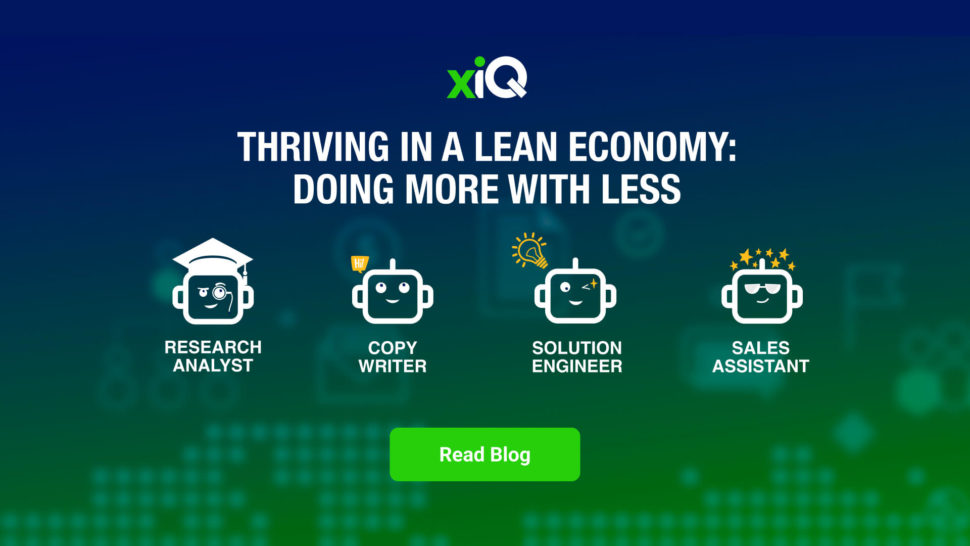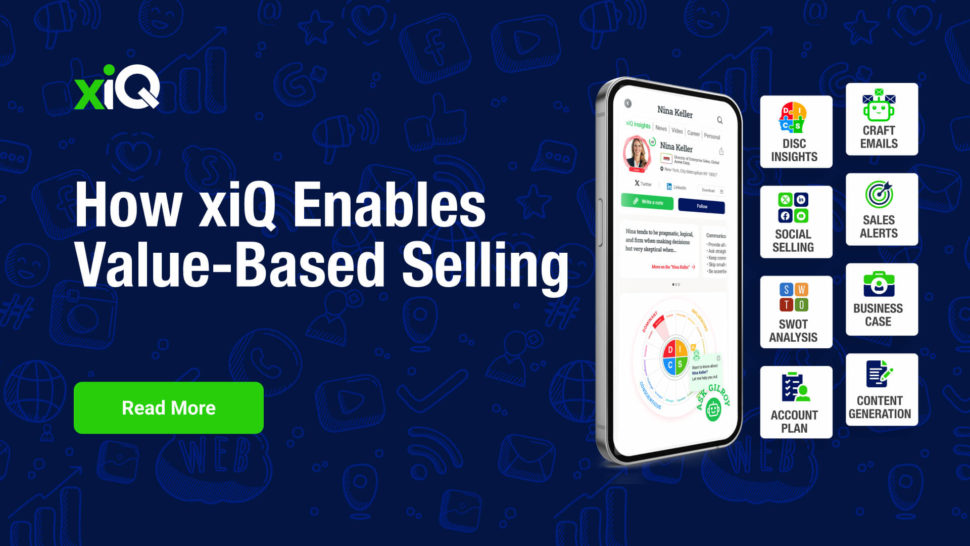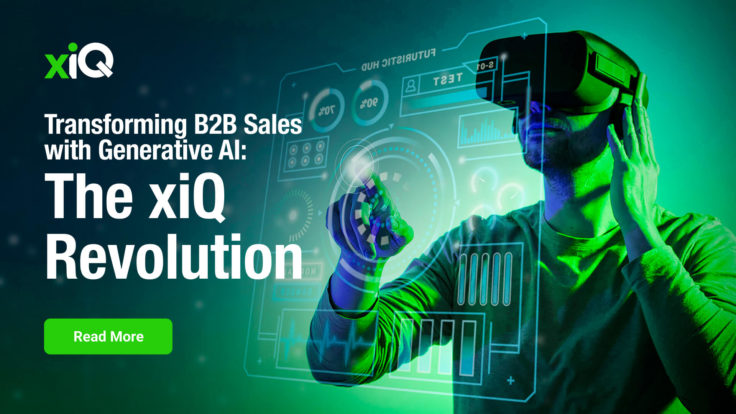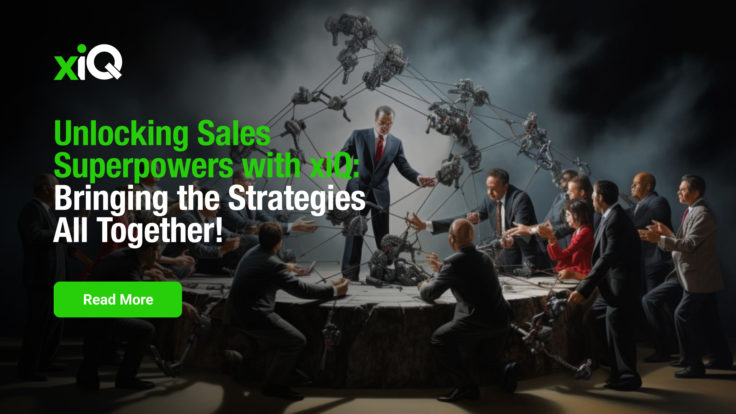Within the last year, we’ve seen everything from automobiles to robots obtain a greater sense of autonomous function. A recent post from Genpact’s CMO, Gianni Giacomelli, argues that the future of automation is not as near as we think. At the moment, three major obstacles stand in the way:
- What within the workforce actually makes sense to automate?
- How can these roles be effectively integrated and modernized?
- Does the cost of investing in this relatively new technology make for a good business case?
Automation is on the way, but not in the way you think it’ll happen.
To provide a proof of concept that seems to answer all of the above queries, lets take a look at Baxter (see Fig 1). Baxter has been developed to be an easy to train, easy to interact with, assembly line ‘worker’. One of the key highlights is that Baxter is collaborative and inexpensive: it can be integrated into an existing problem as a simple, partially-autonomous solution. Yet it’s still hard to justify this purchase for a factory when humans really do a better job and have a cheaper startup cost.
Automation in this article will seem synonymous with machine learning or artificial intelligence. As we progress forward into the development of stand alone machines, I believe these two fields will converge at an even greater rate than they are now. From a business perspective, an automated, trainable, tireless machine is nothing short of a miracle.

Fig 1: Baxter, an automated, trainable, tireless machine.
Certain actions will inevitably be automated. Baxter seems the most obvious, but still has room to improve and grow. Until it can be more productive, and cheaper than the average worker, it is just novelty.
Of course, automation will occur in methods and ways that we will completely take for granted once they are fully integrated into our infrastructure. A major issue occurring right now is the difficulty (mainly cost and time) of modernizing some of the major ports of the United States. This article discusses in detail (and this one in even greater detail…thick but very interesting read) the decisions that must be made, the pros vs the cons of revamping a 100 year old system, into attempting to disrupt and streamline the chaotic but well established industry. In addition to the port environment, we are seeing an increased interest in the automation of how we transport the goods once they are unloaded. Dailmer, parent company of Mercedes-Benz, has been working hard to develop more accurate automated trucks; Peloton Technology, a well funded startup, is doing something similar.
Aside from the logistical and international economic realm, we are seeing an interesting trend on the psychological front as well. An increasing number of startups have begun to offer different variations of automating part of the sales and marketing process. In no particular order, we have:
- Conversica: Automated, data-driven AI that converses with customers to generate up-sells and leads
- xiQ: Utilizing market data and business intelligence to determine when to best connect with potential clients or engage with existing ones
- IBM’s AlchemyAPI: Utilize data to suggest for, and predict, customer behavior
- And a few hundred other CRM type companies that are working with data sets to leverage advantage in the sales space
The current trend for automation has also included, for now, personal assistants, consumer driving (also driving driving and…driving), and even content curation and publication (Did I miss anything? Send an email to [email protected] or reach me @con_nner). These varied use cases and adapters are an interesting split between practical skills, focused on improving and optimizing our day to day lives, or completely irrelevant but awesome nonetheless.
One other project that is particularly interesting was Mycroft , an open source, open hardware (!) NLP and AI fueled companion and quasi-personal house assistant.

The short answer to “How close is the future of true automation?” is we don’t know. We are our own worst enemy in this case. Until we can overcome those economic barriers, we will continue to be stuck in the early R&D stages.
If you want to stay current on vehicle automation, self driving cars, or sales automation, I’d suggest checking out xiQ’s digests ; daily round ups of the web’s most relevant articles and content.
Also, as this article was being written, Forbes published another great piece discussing IoT and AI. Read it here.
Conner Spears is a customer experience and engagement manager working at xiQ, a platform for curating personalized business intelligence/market research on demand. xiQ uses multiple forms of AI to curate articles from across the web, and have just recently paired up with IBM Watson to be even better. www.xiqinc.com






